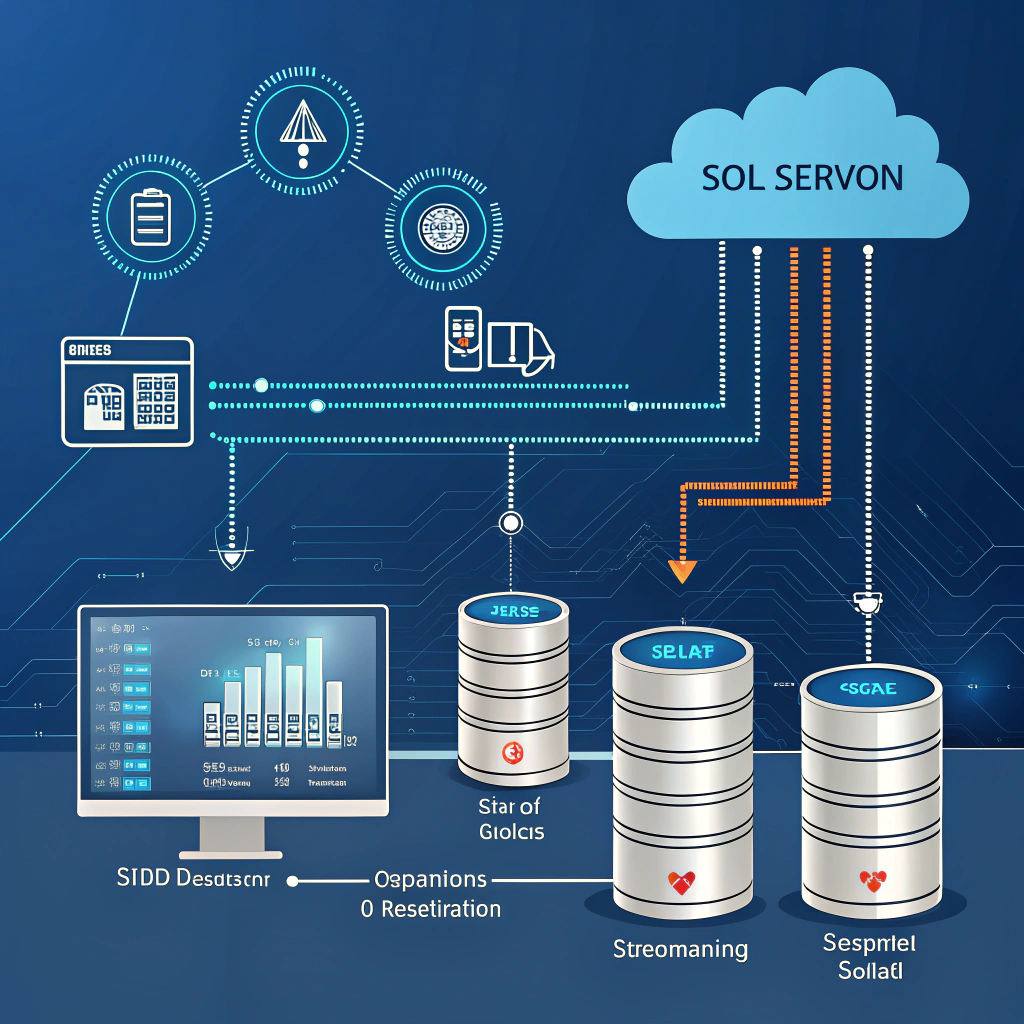Understanding SSIS 469: A Complete accurate Guide to Microsoft’s Data Integration Tool
SQL Server Integration Services (SSIS) is a powerful tool from Microsoft used for data integration, transformation, and workflow automation. Among its many components and error codes, “SSIS 469” is a term that developers and data professionals often encounter. This article aims to explain what SSIS 469 is, its significance, common causes, and how to troubleshoot it effectively.
What is SSIS 469?
SSIS 469 primarily refers to a version or a component related to the Microsoft SQL Server Integration Services, a widely used platform for building enterprise-level Extract, Transform, and Load (ETL) solutions. ETL involves extracting data from various sources, transforming it to meet business requirements, and loading it into target databases or data warehouses.
SSIS 469 can also be interpreted as an error or event code that signals issues within SSIS packages during execution, such as data mismatches, configuration problems, or execution failures.
Key Functions of SSIS 469
SSIS 469 supports crucial data integration and workflow tasks including:
- Data Warehousing: Loading cleansed and organized data into data warehouses for reporting and analytics.
- Data Migration: Transferring data seamlessly between different platforms or databases.
- Data Integration: Unifying data from multiple sources for comprehensive analysis.
- Data Cleaning: Identifying and correcting inconsistencies or errors in data.
- Task Automation: Scheduling and automating file operations, database updates, and notifications.
Components of SSIS 469
Understanding the architecture helps developers leverage SSIS 469 effectively:
Control Flow
Control flow manages the sequence and execution conditions of various tasks (such as Execute SQL Task, Data Flow Task, File System Task, FTP Task, Mail Task, and Script Task) within the package.
Data Flow
Data flow controls the movement and transformation of data. It involves data sources (origin of data), transformations (data modification), and data destinations (final storage).
Connection Managers
Connection managers store connection strings and credentials to access external data sources or destinations, including SQL Server, Excel, flat files, and FTP servers.
Common SSIS 469 Issues and How to Fix Them
1. Data Type Mismatches
One of the leading causes of SSIS 469 errors is mismatched data types between source and destination columns. For example, mapping a text datatype to an integer column without proper conversion triggers errors.
Solution: Use Data Conversion components to align data types before loading.
2. Metadata Changes
If column names, data types, or structures change in source files or databases after package design, SSIS 469 errors appear.
Solution: Update package metadata consistently or use dynamic metadata handling techniques.
3. Connection Failures
Incorrect connection strings or permissions cause task failures.
Solution: Verify connection settings and user credentials are correct and have required access.
4. Package Migration Issues
Moving SSIS packages between different servers or environments without adjusting configurations may lead to execution failure with error 469.
Solution: Review and modify environment-specific parameters and paths.
Best Practices for Avoiding SSIS 469 Problems
- Maintain consistent metadata between source and destination databases.
- Use data validation tasks to catch anomalies early.
- Modularize complex packages into smaller, manageable components.
- Utilize logging and verbose error messages to speed troubleshooting.
- Automate package deployments with configuration files or environment variables.
Why SSIS 469 Matters for Data Teams
SSIS 469 plays a vital role in ensuring the reliability and success of data integration workflows that support critical business intelligence and analytics. Timely resolution of SSIS 469 errors prevents disruption of data pipelines, ensuring accurate and up-to-date data for decision-making.
Conclusion
Understanding SSIS 469—whether as a version identifier or a troubleshooting code—is essential for database administrators, data engineers, and IT teams managing Microsoft SQL Server Integration Services. By mastering its components, common pitfalls, and resolutions, professionals can build robust, scalable, and efficient ETL processes, driving better business outcomes.
Visit Magazineglow.net



